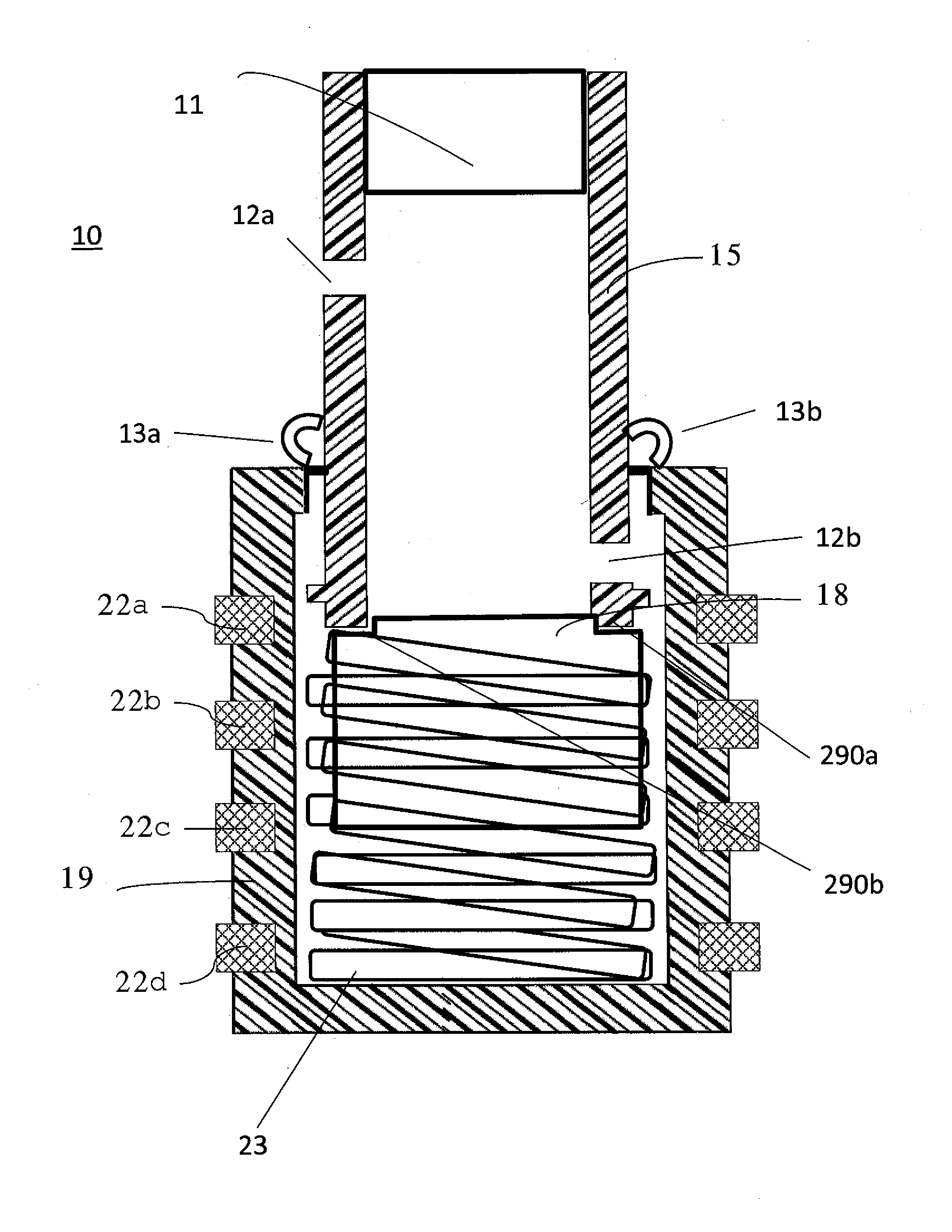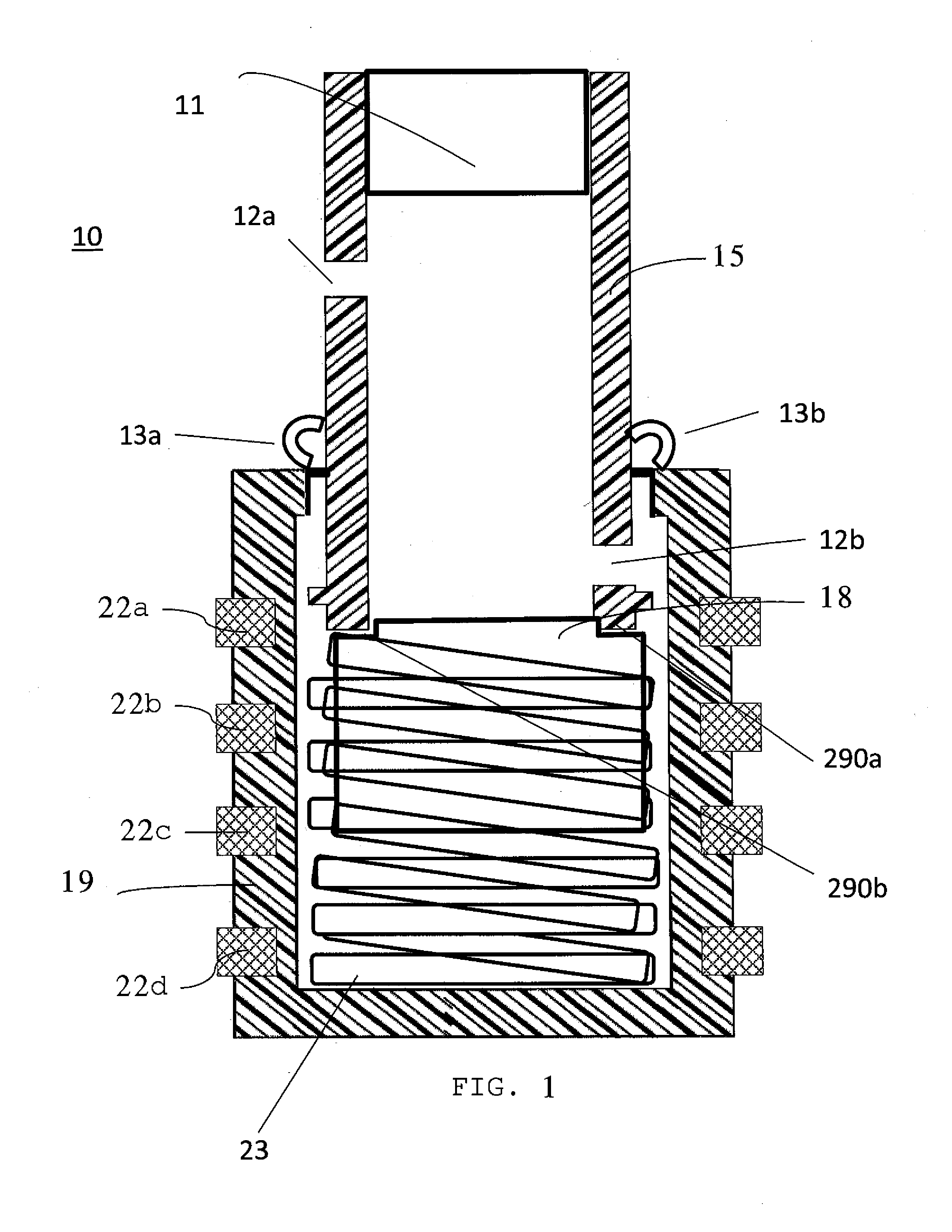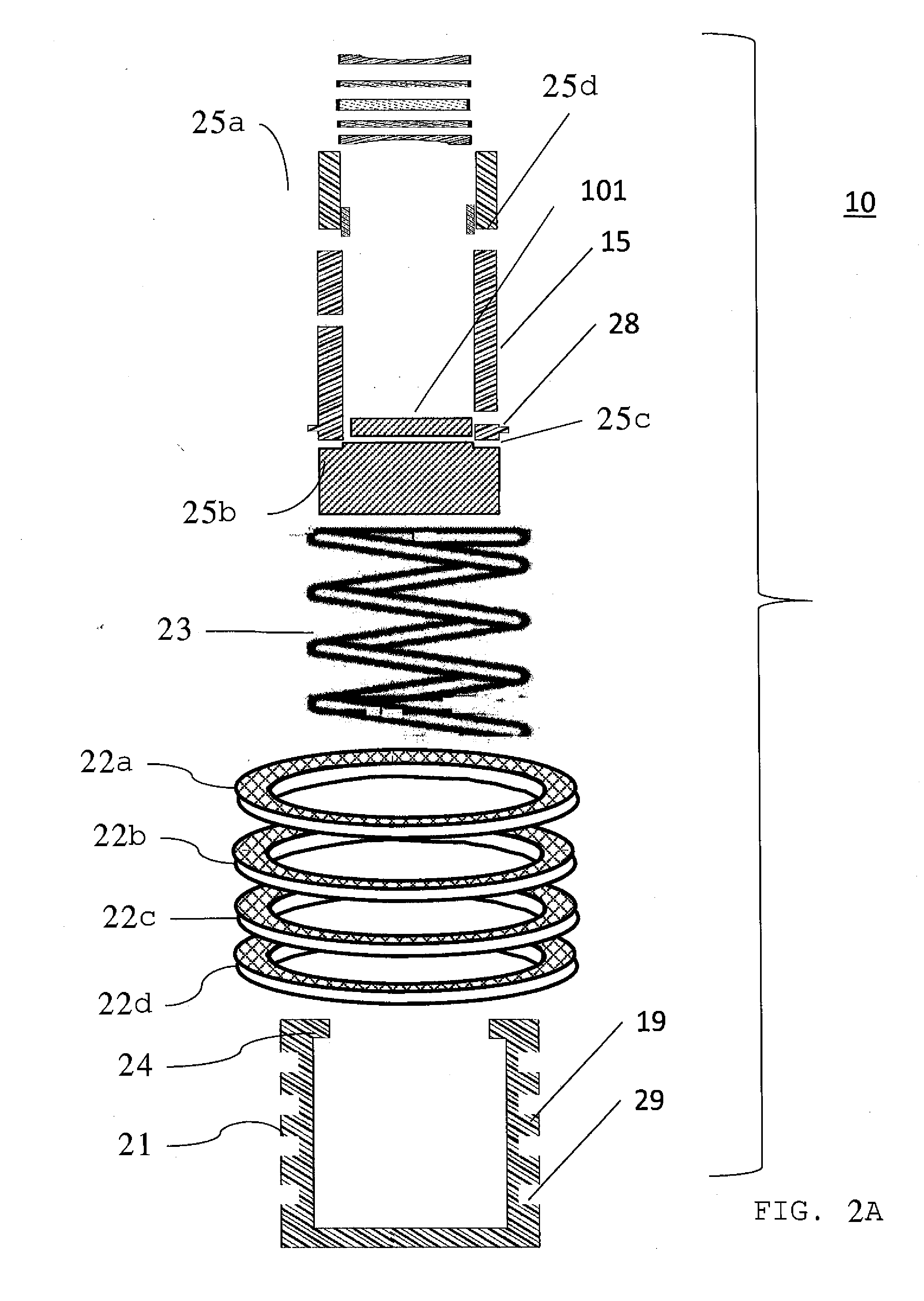Fluid analysis device and related method
a technology of fluid analysis and analysis device, which is applied in the direction of analysing fluids using sonic/ultrasonic/infrasonic waves, instruments, diagnostic recording/measure, etc., can solve the problems of difficult treatment to achieve full recovery, inefficiency in production, and difficulty in achieving full recovery of animal tissue, etc., to achieve enhanced oil recovery, wide applicability, and convenient us
- Summary
- Abstract
- Description
- Claims
- Application Information
AI Technical Summary
Benefits of technology
Problems solved by technology
Method used
Image
Examples
Embodiment Construction
[0001]1. Field of the Invention
[0002]The subject invention relates to devices used to analyze and / or monitor the characteristics of fluids, including fluid mixtures. More particularly, the present invention relates to analyzing and / or monitoring over an extended period of time the characteristics of fluids located in places that are difficult to access. The invention has wide applicability ranging from industrial processes to monitoring the health of animals including, for example, ruminating animals such as cows and buffaloes.
[0003]2. Description of the Prior Art
[0004]A health and productivity monitoring rumen bolus is an electronic device inserted into the rumen or reticulum of a ruminant animal to monitor one or more physiological or physical parameters to detect subclinical symptoms of disease, evaluate production efficiency and provide a unique means of identification. Herein, the term rumen shall include the reticulum even if not specifically noted. They are often called intra...
PUM
| Property | Measurement | Unit |
|---|---|---|
| electrical signals | aaaaa | aaaaa |
| voltage | aaaaa | aaaaa |
| electric fields | aaaaa | aaaaa |
Abstract
Description
Claims
Application Information
 Login to View More
Login to View More - R&D
- Intellectual Property
- Life Sciences
- Materials
- Tech Scout
- Unparalleled Data Quality
- Higher Quality Content
- 60% Fewer Hallucinations
Browse by: Latest US Patents, China's latest patents, Technical Efficacy Thesaurus, Application Domain, Technology Topic, Popular Technical Reports.
© 2025 PatSnap. All rights reserved.Legal|Privacy policy|Modern Slavery Act Transparency Statement|Sitemap|About US| Contact US: help@patsnap.com



